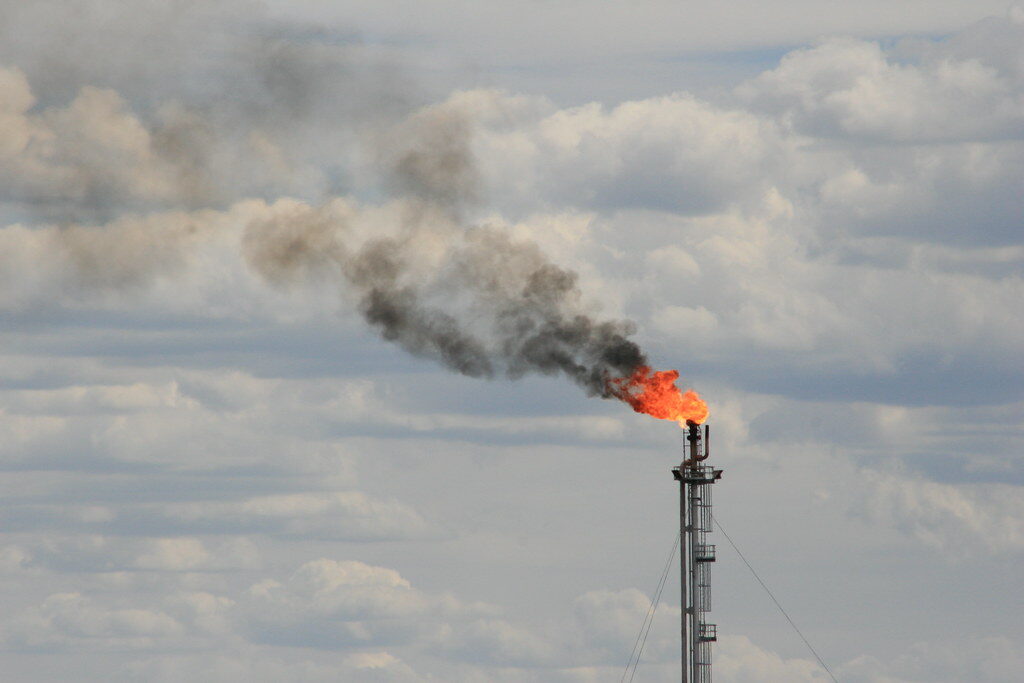States and territories are driving Australia’s acceleration towards a clean and reliable renewable energy grid. In fact, progress on new clean energy generation, like wind and solar, has been so rapid in recent years that it has been hard to keep up. Our report, ‘Race to the top: Australia’s clean energy momentum’, shines a light on the progress Australia’s states and territories have already made, and their plans for the road ahead. It highlights the huge and growing momentum around the country and calls out where governments still have work to do to cut climate pollution further and faster.
How does Queensland stack up?
The ‘Sunshine state’ is shining bright, having become a clear front runner on seizing the benefits of clean, reliable and affordable energy. The state is soaring ahead on household solar, with more than half of all households having installed rooftop solar to cleanly power their lives and drive down their cost of living.
Impressive investment set to power Queensland’s clean energy future
Queensland’s $62 billion Energy and Jobs Plan is one of the largest and most comprehensive renewables investment packages of any Australian state. This plan reflects the state’s strong agenda for creating good jobs, attracting renewable energy investment and accelerating the delivery of backbone transmission infrastructure like the Queensland SuperGrid. The SuperGrid is set to provide significant opportunities for regional communities, with 95% of infrastructure investment and 70% of employment projected to be in regional areas like Townsville, Mackay, Gladstone and Toowoomba. This plan is backed up by newly legislated renewable energy and climate pollution reduction targets that are estimated to support up to 100,000 direct and indirect new jobs by 2040.
What next for Queensland?
Queensland is aiming high, so now it needs to move fast. Accelerated implementation of the Energy and Jobs Plan will ensure Queenslanders continue to benefit from the move to clean energy that is well underway across the state. Queensland would also benefit from a stronger focus on transport, where the state is lagging behind Victoria and New South Wales on uptake of shared transport – one of the biggest opportunities to slash climate pollution this decade.
How does new coal and gas fit in? It doesn’t.
While Queensland has plans to close all publicly owned coal-fired power stations by 2035, the state government continues to approve highly polluting projects like Whitehaven Coal’s Winchester South coal mine. Besides undermining the state’s momentum towards clean energy, new coal, oil and gas projects produce dangerous climate pollution that is heating our oceans and literally cooking the Great Barrier Reef, putting the Sunshine state’s tourism sector at risk.










